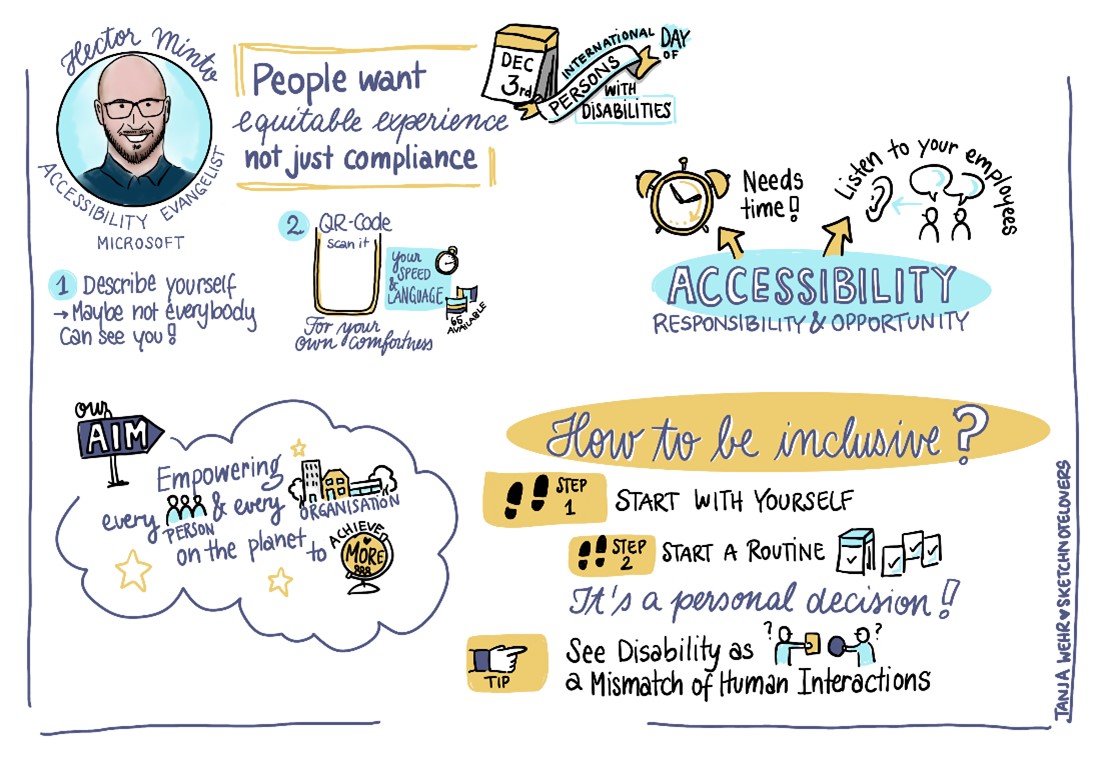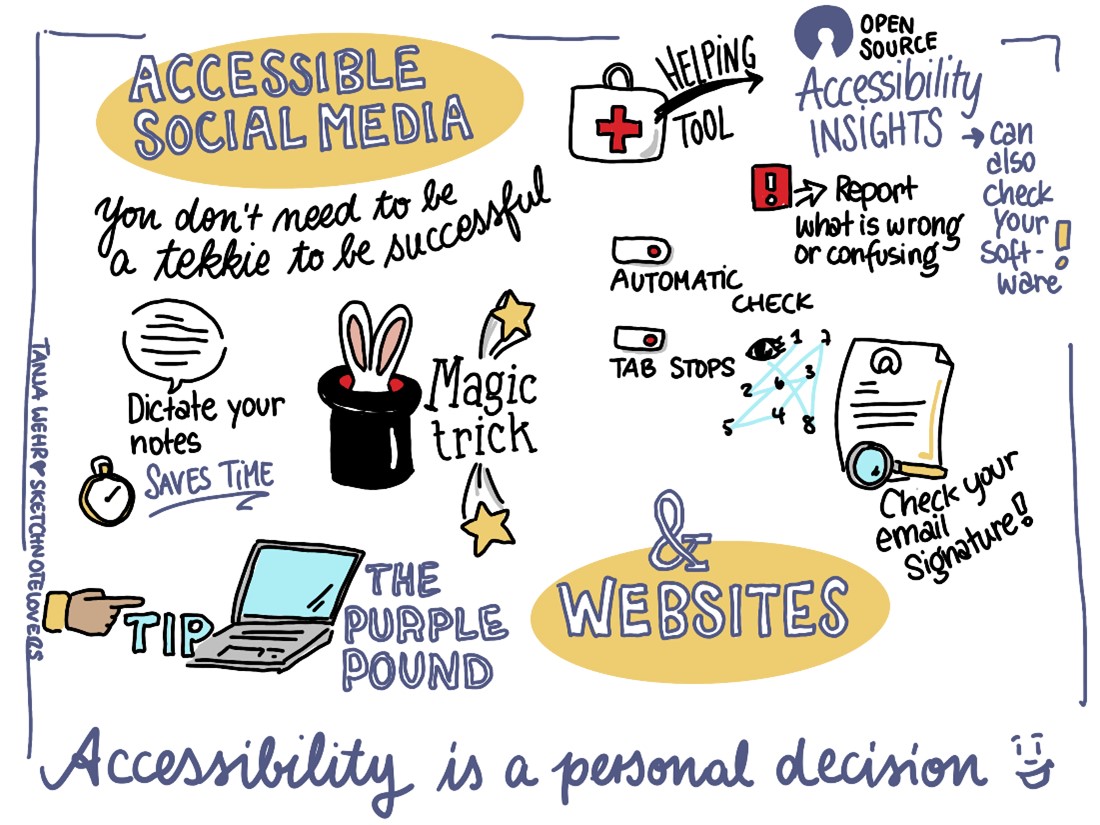Since 2014, under Satya Nadella’s leadership, accessibility has become core to Microsoft’s mission to empower individuals and organisations on the planet to achieve more. This mission doesn’t just begin and end with the products we create and the services we offer. It extends to the culture of our workplace and weaves accessibility into the fabric of our company. We are passionate about creating products and services that are accessible for everyone - including people with disabilities.
For most of the 20th century, disability was defined as the result of an individual’s condition. Disability actually happens at the points of interaction between a person and their environment. Physical, cognitive, and social exclusion are the result of a mismatch between what a person wants to achieve, and an environment that does not support it. This definition, first adopted by the World Health Organization, presents a solvable design, business, and social problem. It is a problem we’ve taken on at Microsoft because it stands directly between us and our ability to achieve our mission.
In acknowledgment of International Day of Persons with Disabilities, we were delighted to have Hector Minto, Accessibility Evangelist at Microsoft, joining our third installment of the Open Perspectives Unplugged series. If you missed the event, keep reading to learn how you can communicate in a more accessible way.
To not miss out on the 2021 Open Perspectives Unplugged sessions, register for all or one session here.
What exactly is accessibility?
As you think about what an accessibility journey might look like, the first question many people ask is, 'What exactly is accessibility?'
When some people think of accessibility, they think about designing buildings and structures with accessibility in mind. Or making sure they’re following accessibility compliance standards. You might also think about digital accessibility, ensuring that people are connected to one another and information, and that user interfaces are customisable and adaptive to their needs. In reality, accessibility is enabling people to achieve whatever it is they want to achieve. It is about letting people fully participate and contribute. Ultimately, it's creating experiences that are better for everyone.
Accessibility is never an accident – it is a deliberate action
Hector Minto, Microsoft Accessibility Evangelist
 Create time to focus on including everyone in your communications
Create time to focus on including everyone in your communications
Why is accessibility important? Over one billion people live with disabilities in the world according to the World Health Organization. Historically, people with disabilities have been excluded, but Marketing with Purpose can help you strive for inclusion. Without accessible advertising, marketing and customer experiences, our campaigns and programs are unable to reach their full potential. We, as marketers, can recognise the exclusions, solve for them, and make a difference not only in the lives of many people, but in improved marketing and business performance.
As mentioned in our
Marketing with Purpose Playbook, there are people today living with permanent disabilities, but there are also people who are living with temporary impairments and situational impairments. In the United States, there are approximately 25,000 people who lose an arm each year : permanent disability. There are 13 million people who experience an injury to an appendage – think broken leg or torn rotator cuff: temporary impairment. Lastly, there are eight million people who experience a situational impairment like holding a baby, which removes your ability to use one arm. All these numbers are US based but the framework applies anywhere. Now, consider your customer experiences, are you being inclusive to all?

Hector explored different tools and techniques during the session to create collateral which are accessible in all aspects. It starts with creation of accessible documents, but continues with captions for video files, social media posts, and websites which can be checked for accessibility. Customers will turn away if your site is not accessible – make a positive decision with the relationship between your technology and accessibility.
You want to include everyone? You want to take action, but don’t know how?
A good start is with the
Microsoft Accessibility Supplier toolkit for learning resources and training to help you earn your ‘Accessibility Fundamentals’ badge.
Microsoft Advertising ‘Marketing with Purpose’ Playbook gives you access to actionable tactics to build a more trusted brand.
Catch up on the recaps of previous Open Perspectives Unplugged sessions:
#1 -
Welcome to Open Perspectives Unplugged
#2 -
People want inclusion - not just to be included